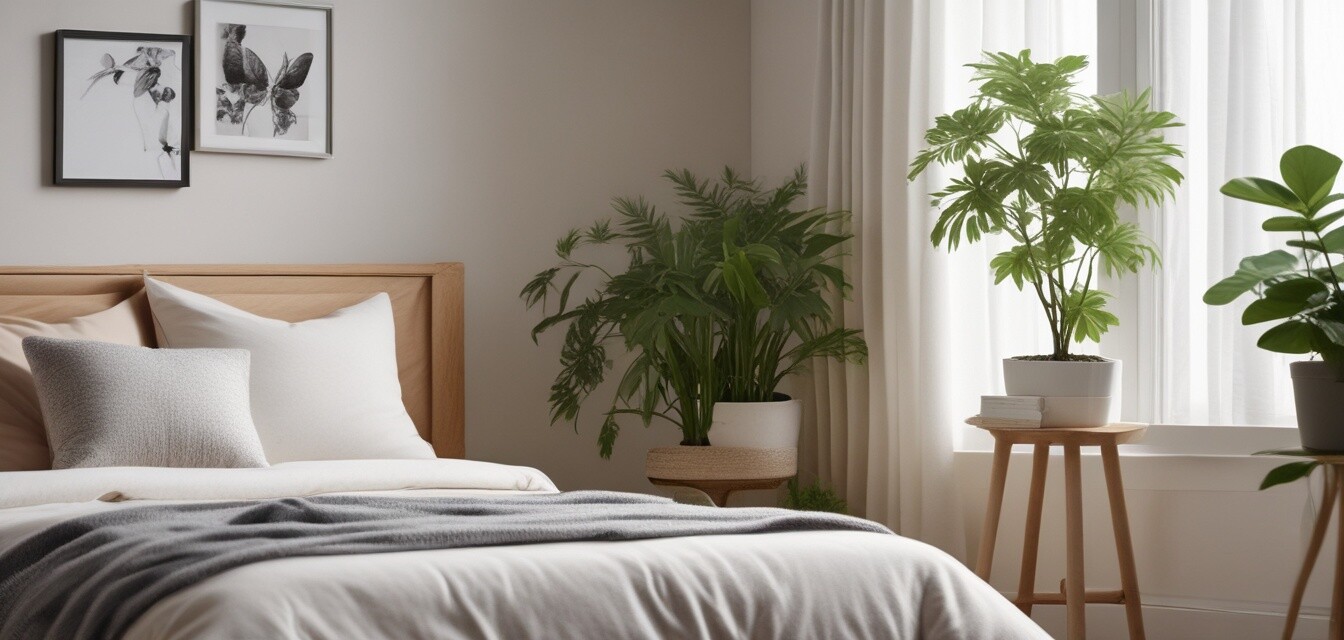
How to Create an Allergy-Proof Home Environment
Key Takeaways
- Regular cleaning helps minimize allergens.
- Use air purifiers for cleaner indoor air.
- Invest in allergy-proof bedding for better sleep quality.
- Proper ventilation reduces moisture and allergens.
- Opt for non-toxic cleaning products to maintain a safe environment.
Transforming your living space into an allergy-proof environment is essential for managing seasonal allergies effectively. By implementing minimal yet effective strategies, you can significantly reduce allergens in your home. In this article, we’ll share expert tips on cleaning methods, product choices, and lifestyle adjustments to help you achieve a healthier home.
Understanding Common Indoor Allergens
Before diving into solutions, it's important to identify common indoor allergens that could be affecting your comfort:
- Dust mites
- Pollen
- Mold spores
- Pet dander
- Smoke and strong odors
Effective Cleaning Strategies
A clean home is a happy home when it comes to allergies. Here are some key cleaning strategies to adopt:
| Cleaning Task | Frequency | Notes |
|---|---|---|
| Dusting surfaces | Weekly | Use a damp cloth to trap dust effectively. |
| Vacuuming carpets and upholstery | Weekly | Use a vacuum with a HEPA filter. |
| Washing bedding | Weekly | Ensure to use hot water to eliminate dust mites. |
| Cleaning air filters | Every 1-3 months | Replace filters in HVAC systems and air purifiers regularly. |
Choosing the Right Products
Utilizing effective products can help you maintain an allergy-proof environment. Consider the following options:
Pros of Allergy-Proof Products
- Reduce exposure to allergens.
- Create a more comfortable living space.
- Improve overall well-being.
Cons of Allergy-Proof Products
- Can be costly.
- Need regular maintenance and replacement.
Air Purifiers
Investing in air purifiers can significantly improve indoor air quality. Make sure your chosen purifier has a HEPA filter to capture small particles effectively. Check out our article on air purifiers for more options.
Allergy-Proof Bedding
Using allergy-proof mattresses and pillow covers can help minimize exposure to dust mites. This simple change can enhance your sleeping conditions. To explore various bedding options, visit our bedding guide.
Implementing Proper Ventilation
Maintaining good ventilation can help control humidity levels in your home, which can reduce mold growth and other allergens. Here are some tips:
- Open windows when weather permits to allow fresh air in.
- Use exhaust fans in areas prone to moisture, like kitchens and bathrooms.
- Consider using a dehumidifier during humid months.
Non-Toxic Cleaning Products
Switching to non-toxic cleaning supplies is not just better for your health; it also keeps the environment safe from harmful chemicals. Look for products labeled as non-toxic and organic wherever possible. You can learn more about safe cleaning practices in our article on cleaning tips.
Creating an Allergy-Friendly Outdoor Space
Don’t forget about your outdoor environment! Here are some ideas to consider:
- Choose allergy-friendly landscaping plants that aren't pollen-heavy.
- Limit outdoor activities during high pollen counts.
- Keep outdoor furniture clean and store it when not in use.
Conclusion
Creating an allergy-proof home environment requires consistent effort, but the payoff is worth it. By incorporating effective cleaning strategies, choosing the right products, and maintaining proper ventilation, you can significantly reduce allergens in your living space. Remember, small changes can lead to a healthier and more comfortable home. Start on your path to an allergy-free living space today!